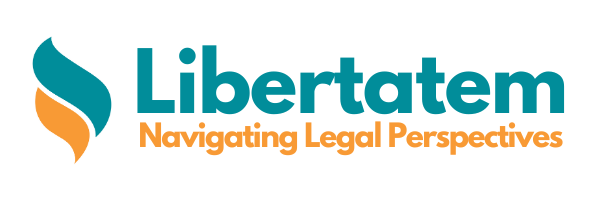On 22nd December 2020, a Division Bench consisting of Hon’ble Mr. Justice L. Narayana Swamy and Hon’ble Mr. Justice Anoop Chitkara heard the case of Tarawati v. Union of India & Others via video conferencing.
Excerpt
The petitioner had filed a writ petition in the nature of Mandamus against the respondents to not demolish the structure standing over the land, which the respondents had not acquired for widening under a four-lane project of Parwanoo-Solan stretch of National Highway-22.
Facts of the case
The land belonging to the petitioner was acquired by the respondents for four laning of National Highway-22 along with the building of the petitioner existing on the land. The building of the petitioner was within the controlled width of the National Highway-22 and out of 5 biswas (1 Biswa = 1350 Square Feet) of initial ownership, three biswas of the land still remained with the petitioner. Due to this, the respondents intended to disconnect the electricity and water supply because the former refused to vacate the building for which he had already received the compensation.
Contentions of the Petitioner
Mr. Ajay Sipahiya, learned counsel for the petitioner, submitted that if the Court vacated the interim order, then the main writ petition would become infructuous. He further submitted that if the structure would be demolished then it could never be built up in the future.
Contentions of the Respondent
Mr. Ashok Sharma, learned Advocate General stated that the entire development will be hampered because of encroachments and non-removal of structure, for which the aggrieved persons had already received the compensation and as such the stay, the land should be vacated.
Further, Mr. K.D. Shreedhar, learned Senior Advocate assisted by Ms. Shreya Chauhan, Advocate, representing National Highway Authority of India (NHAI), contended that if the contractor is unable to execute the work because of the factors beyond his control, then the NHAI will come under an obligation to pay handling charges, which are roughly `14,000/- per meter per day. Learned counsel further submitted that because of this, the cost of the project increased manifold.
Further, the Counsel by placing reliance on Section 20-A (Special provisions for contracts relating to infrastructure projects under the Specific Relief Act, 1963) submitted that no injunction should be granted involving the contract relating to infrastructure projects.
Court’s Analysis
The Court observed that the notice issued by the respondents was mala fide as the action taken by the respondents was solely aimed at helping the valley side residents.
The Court referred to the Status Report filed by the Respondent and observed that, though the total width of the land was 28.5 meters (including the land of the petitioner), and after further acquisition of 1 Biswa land of the petitioner, the NHAI had 30.5 meters of the available land. But, on the spot the road was constructed merely upon 21-22 meters (including the land of the Petitioner) due to the unauthorized occupations/ encroachments upon the National Highway by some of the Valley side residents.
The Court also observed that, just because some people were in encroachment over the Government land and the respondents were sleeping over the matter, this still would not give the petitioner any right to claim possession over a property for which compensation was previously received.
Court’s Decision
The Court held that if the respondents sleep over the matter even after it has come to their knowledge about such encroachment, then the superior officer should not only take strict actions against the erring officers, but also should ensure that such encroachments are removed from the entire National Highway-22.
The Court further ruled that the structure of the petitioner from the land may be removed if it debars the respondents from carrying out activities necessary for construction of road in the land already acquired for the said purpose. Thus, the petition was dismissed.
Libertatem.in is now on Telegram. Follow us for regular legal updates and judgments from the Court. Follow us on Google News, Instagram, LinkedIn, Facebook & Twitter. You can also subscribe to our Weekly Email Updates. You can also contribute stories like this and help us spread awareness for a better society. Submit Your Post Now.

